Soil is a complex and dynamic entity that plays a vital role in the health of our ecosystems. When we consider it, we picture a basic canvas beneath our feet. However, this canvas holds different types of soil, each having its distinct characteristics and features. Therefore, understanding these characteristics is essential for anyone involved in agriculture or environmental studies.
What Is Soil?
Soil is more than just dirt. It is a remarkable blend of minerals, organic matter, water, and air, forming a thin layer covering the Earth’s surface. It is the very foundation of life, supporting plant growth, filtering water, and providing habitat for countless organisms.
Its composition varies widely, with factors such as climate, topography, and time influencing its development. From the rich, dark soils of the Amazon rainforest to the arid, reddish-brown soils of the Australian Outback, the diversity of soil types is astounding.
Each region’s unique climate, vegetation, and geological history contribute to the formation of distinct soils.
The fertile black soils of the American Midwest, known as Mollisols, exemplify the agricultural potential that certain types offer.
According to the Food and Agriculture Organization (FAO), about 95% of the world’s food production depends on soil.
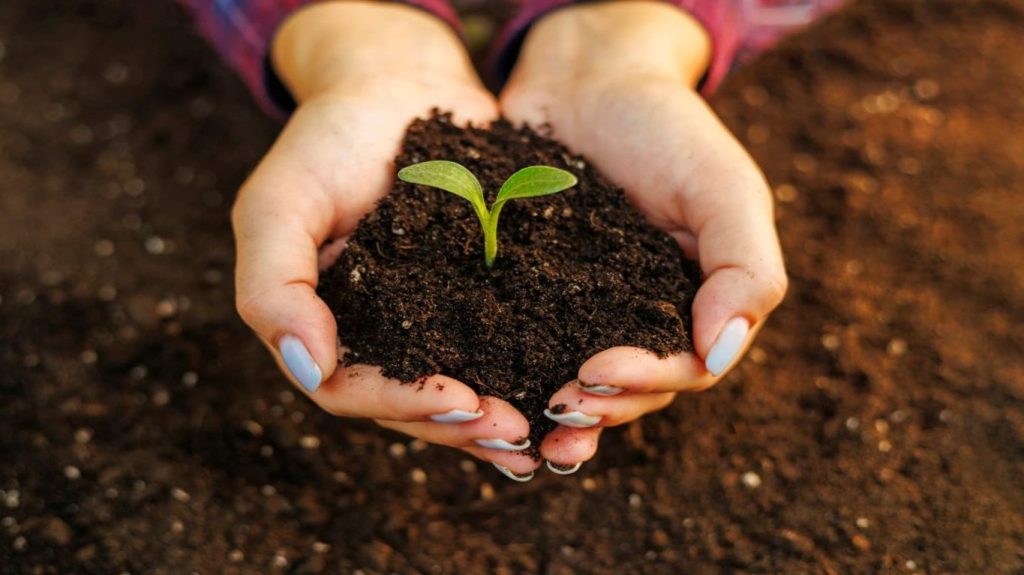
It also supports biodiversity by hosting a quarter of all living species on Earth. It stores more carbon than all the plants and atmosphere combined, making it a key factor in mitigating climate change.
However, it is also under threat from various pressures such as population growth, urbanization, deforestation, agriculture, mining, pollution, and climate change. These pressures can degrade its quality and reduce its functions and services. Meanwhile, recent data reveals alarming trends in soil degradation, with estimates suggesting that we lose 24 billion tons of fertile soil annually.
The FAO estimates that about 33% of the world’s soils are moderately to highly degraded due to erosion, salinization, acidification, compaction, contamination, and loss of organic matter and biodiversity. It also projects that by 2050, the global demand for food will increase by 60%, putting more stress on soil resources.
What Are The Types of Soil?
Soil scientists have classified it into different types based on their texture, structure, composition, and fertility. Texture refers to the relative proportion of sand, silt, and clay particles in a soil sample. Structure refers to the arrangement of soil particles into aggregates or peds that give them their shape and porosity.
Furthermore, composition refers to the organic and inorganic substances that make up soil, such as humus, minerals, water, and air. And, fertility refers to its ability to supply nutrients and water to plants. The six types of soil are:
- Clay Soils: Clay soils are heavy and nutrient-rich, with particles smaller than 0.002mm. They get wet and cold in winter but hard and dry in summer.
- Sandy Soils: Sandy soils, with particles sized 0.05-2mm, are light, dry, and warm. They have low nutrients and tend to be acidic.
- Silt Soils: Silt soils, with particles sized 0.002-0.05mm, are fertile, light, and hold moisture well but can easily compact.
- Loams: Loams, a mix of clay, sand, and silt, strike a balance, avoiding extremes, making them versatile for crops.
- Peat Soils: Peat soils, rich in organic matter, retain moisture well due to their spongy texture.
- Chalky Soils: Chalky soils, whether light or heavy, are alkaline and contain calcium carbonate or lime, influencing plant growth.
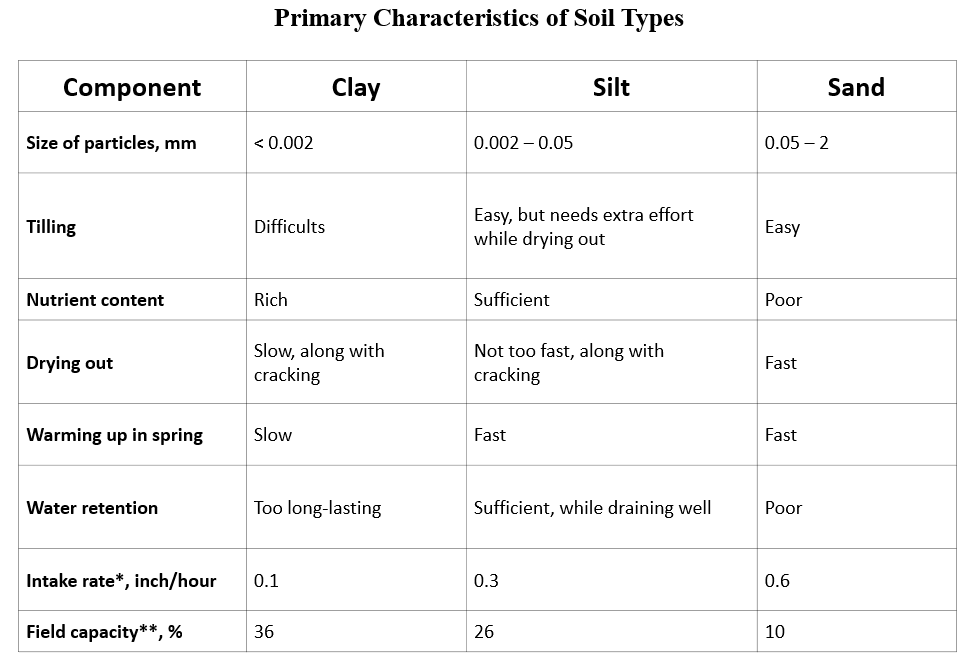
1. Sandy soil
This type of soil has a coarse, loose, and gritty texture, having large pores that facilitate rapid drainage of water and air. it is characterized by its low nutrient and organic matter content and struggles to retain water effectively. It is commonly found in arid and semi-arid regions, such as deserts and beaches.
Meanwhile, it proves to be suitable for cultivating crops that can withstand drought and salinity, including cacti, succulents, and potatoes. Some notable examples of regions with sandy soils include the Sahara Desert, coastal areas in Florida, and parts of Australia.
Furthermore, on a global scale, approximately 30% of the Earth’s land area is covered by sandy soil, significantly impacting vegetation and biodiversity. Despite this, studies reveal that its rapid drainage characteristic presents challenges for water retention in agriculture.
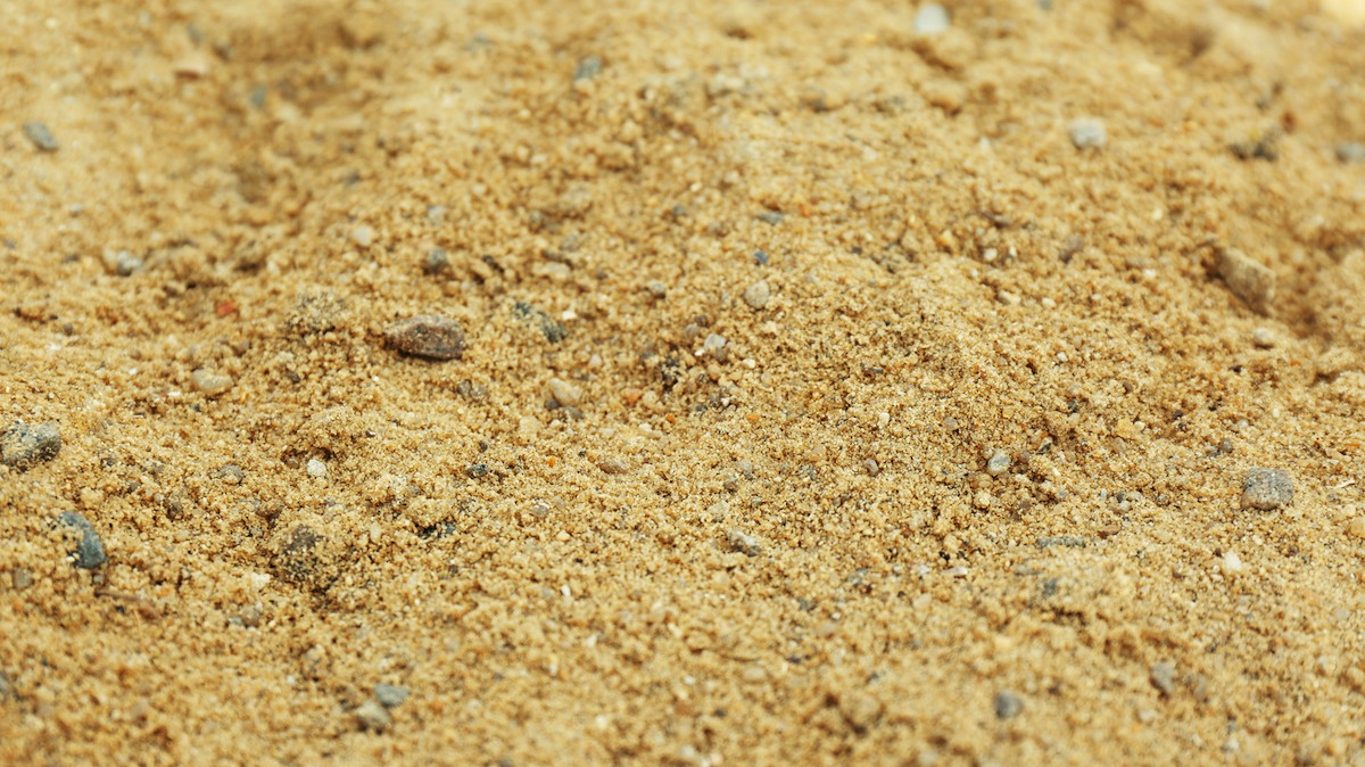
Plants to Grow
- Vegetables like carrots, beets, parsnips, potatoes, onions, and garlic
- Alpine perennial plants
- Succulents
- Cacti
Plants Difficult to Grow
- Brassicas like broccoli and cabbage
- Peas and beans
2. Silt soil
Among all types of soil, This feels smooth and soft, like flour. It has medium-sized holes that hold onto water and nutrients better than sandy soil. Silt soil is full of minerals and organic matter, making it very fertile. It is usually found near water, rivers, lakes, or deltas like in the Nile Delta, the Ganges Delta, or along the Mississippi River.
However, it can easily wash away or blow in the wind if there aren’t enough plants or mulch to protect it. It is great for growing crops that like a lot of water and nutrients, such as wheat, rice, corn, and cotton.
Furthermore, it is a big part of the world’s good farming lands, making up about 15% of all the land. And here’s an interesting fact: the particles in silt are smaller than sand but bigger than clay, giving it a nice balance of letting water drain away while also holding onto enough water for the plants.
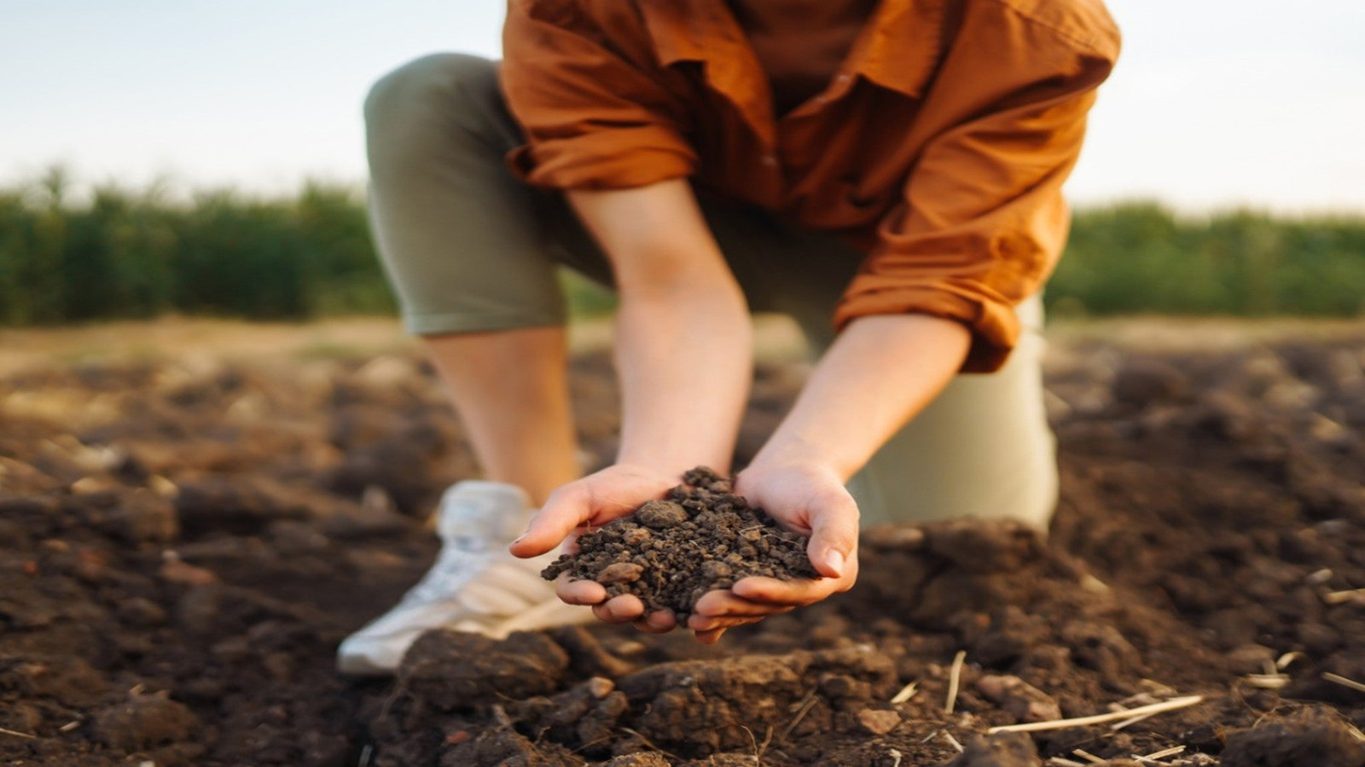
Plants to Grow
- Decorative perennial and annual grasses
- Trees and shrubs, especially ones that prefer moist soils like willows and dogwoods
- Several tuberous and bulbous plants
Plants Difficult to Grow
- Root vegetables, including parsnips and carrots
- Desert and other plants that need fast-draining
3. Clay soil
This particular kind has a fine, sticky, and heavy texture, featuring small pores that tightly retain water and nutrients. It is rich in nutrients and organic matter, displaying excellent fertility.
It is often found in low-lying areas, like valleys and basins. However, the difficulty arises from its hardness when dry and stickiness when wet. Furthermore, without proper aeration or organic matter amendments, it may face issues like waterlogging and compaction.
Despite these challenges, it is well-suited for cultivating crops that thrive in rich and moist conditions, including rice, beans, tomatoes, and lettuce. Its presence can be seen globally, with notable occurrences in regions such as the Amazon Basin, parts of India, and the American Midwest.
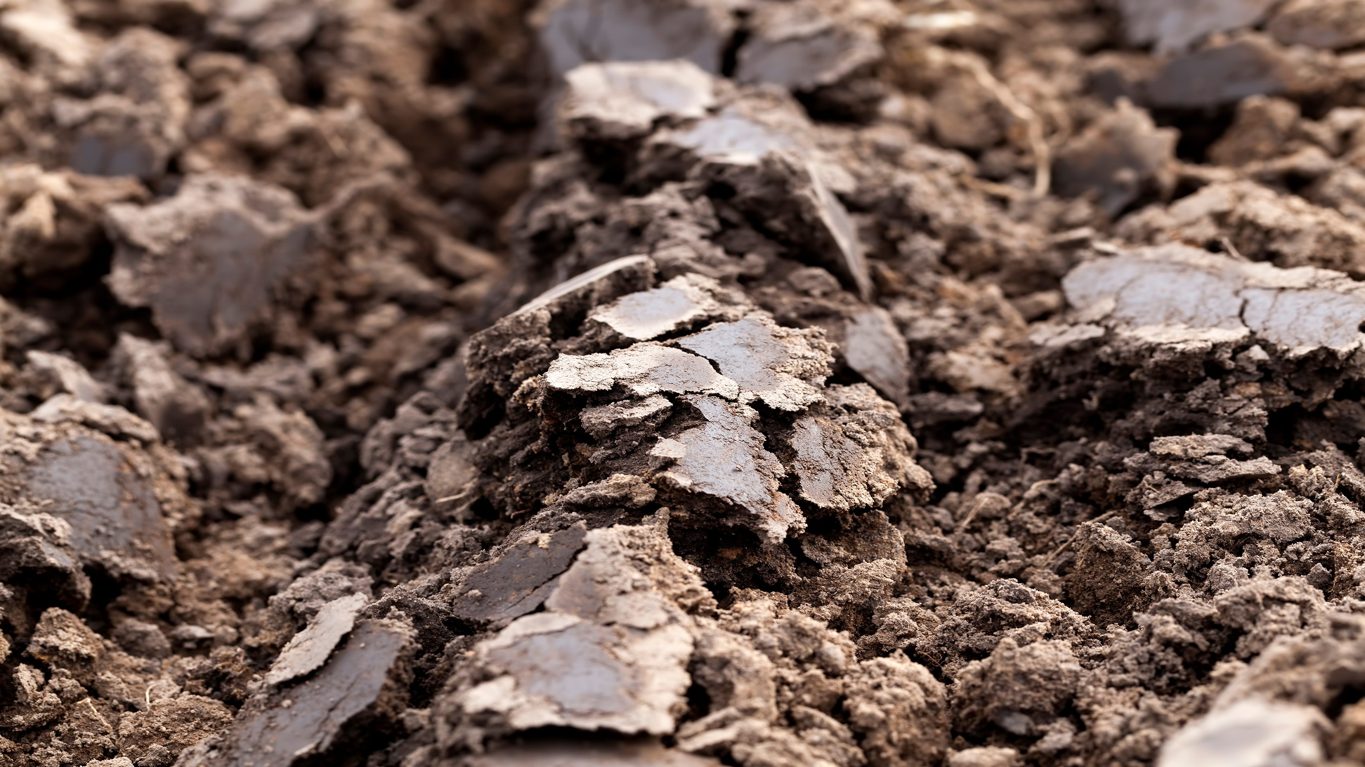
In terms of global status, approximately 20% of the world’s arable land is composed of clay soil, establishing it as a significant player in global agriculture.
Plants to Grow
- Roses
- Potatoes
- Most vegetables
- Daylilies
- Coneflowers
Plants Difficult to Grow
- Root vegetables like parsnips and carrots
- Soft berries
- Desert and other plants that need fast-draining
4. Loamy soil
In all types of soil, It has a well-mixed blend of sand, silt, and clay particles, giving it a crumbly texture and excellent porosity. It falls in the middle when it comes to nutrients and organic matter, making it moderately fertile.
It is typically found in regions with a moderate climate and rainfall, like grasslands and forests. It is easy to handle it due to its balanced consistency, neither too hard nor too sticky.
Furthermore, it resists erosion, waterlogging, and compaction which make it ideal for cultivating various crops, including fruits, vegetables, grains, and flowers.
In places like the Midwest in the United States, various regions in China, and the Pampas in Argentina, people extensively use it.
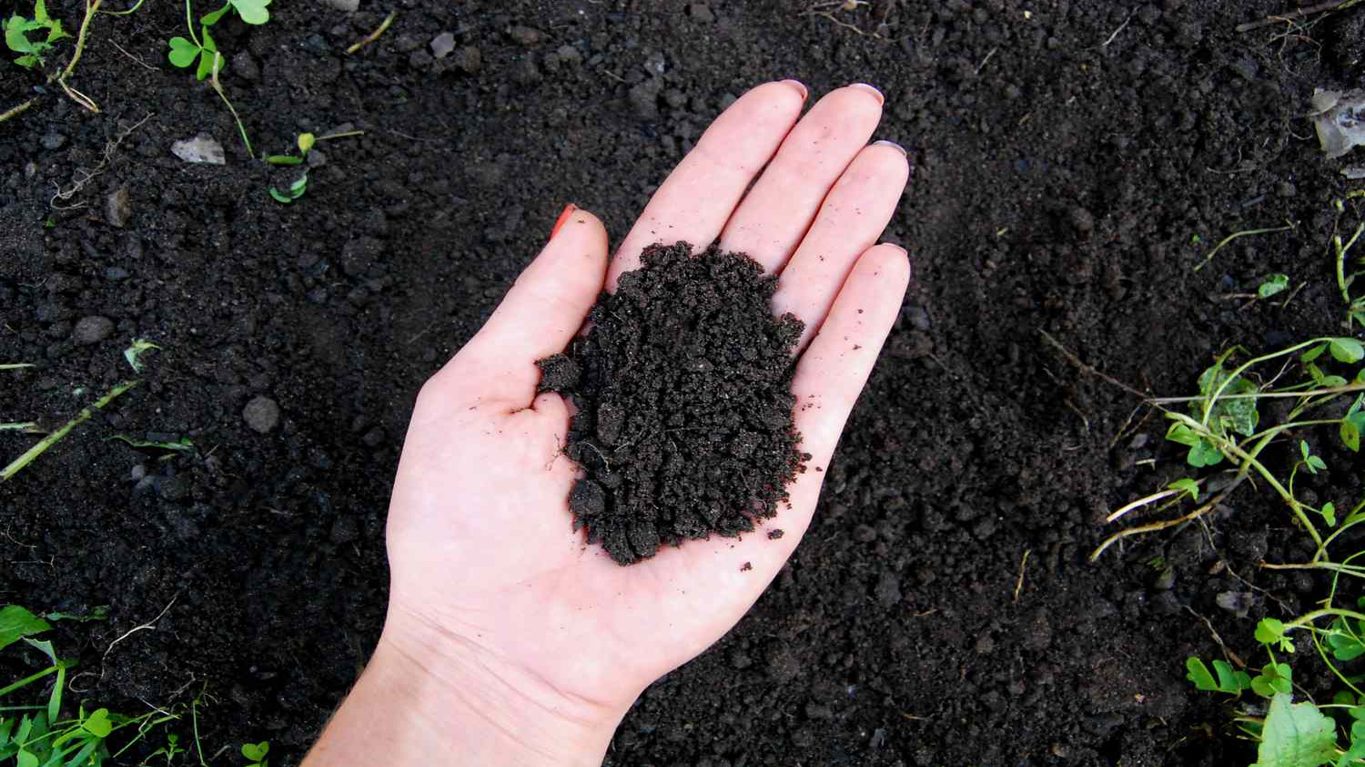
On a global scale, loamy soils, characterized by their harmonious mix of sand, silt, and clay, are highly coveted for agricultural purposes, covering approximately 25% of arable land worldwide.
Plants to Grow
- Vegetables
- Both perennial and annual flowers
- Grains
Plants Difficult to Grow
- Tomatoes (seedling stage onward)
- Green beans
- Brassicas, including late-growing cabbage
- Cacti and other desert plants
5. Peaty soil
Peaty soil comes in a dark brown or black color, packed with a lot of organic matter from plants breaking down. Its texture is spongy and has big holes that hold water well. While it doesn’t have many minerals, it’s pretty acidic and has lots of nitrogen.
It is often found in wetlands like bogs, fens, and marshes. Cultivating peaty soil is tough because it’s acidic, wet, and not very fertile.
However, it’s great for growing crops that can handle acidic conditions, like cranberries, blueberries, and heathers.
In certain areas with high water tables, such as parts of Russia, Canada, and northern Europe, you’ll find a lot of peaty soils.
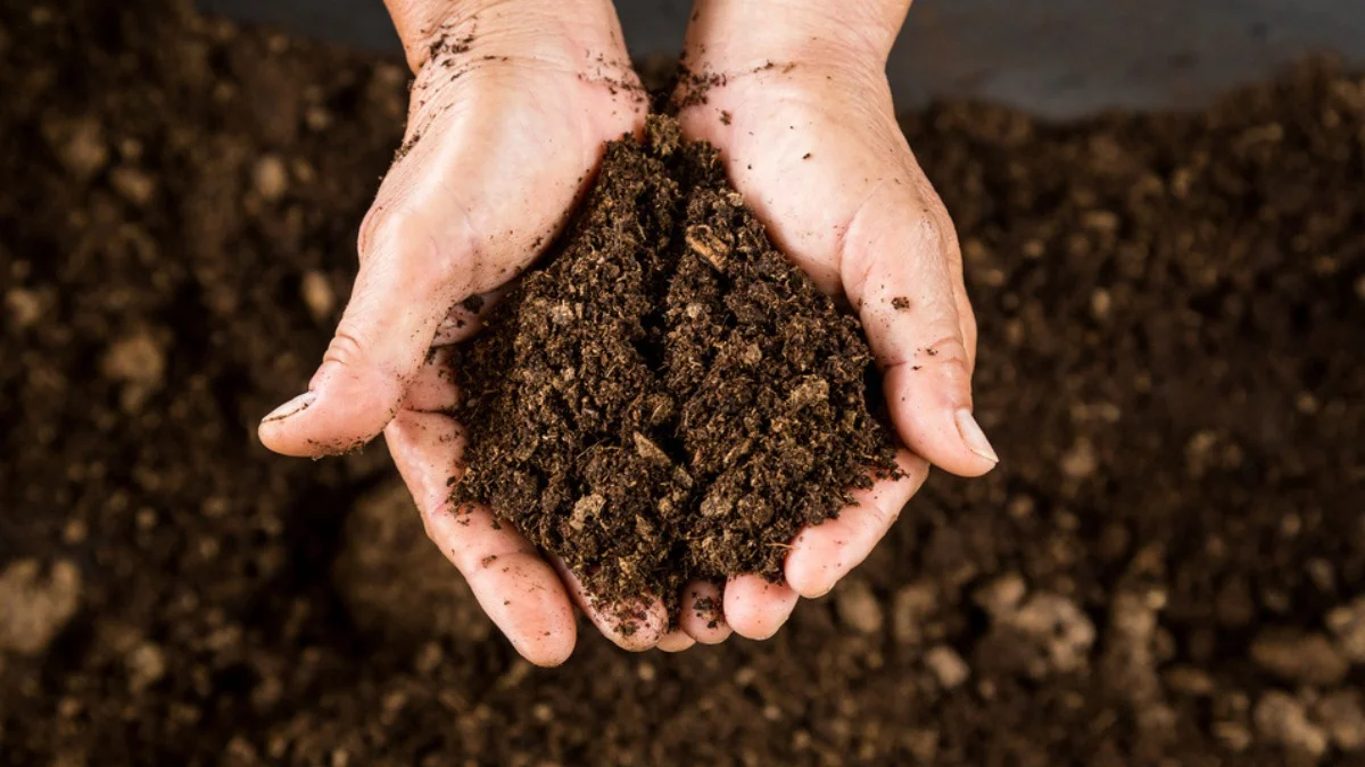
Meanwhile, on a global scale, peatlands cover about 3% of the Earth’s land. They act like sponges for carbon and create unique ecosystems.
Plants to Grow
- Ericaceous plants (think rhododendrons, azaleas, and camellias).
Plants Difficult to Grow
- Peppers
- Tomatoes
6. Chalky soil
It looks light gray or white because it has a lot of calcium carbonate from chalk or limestone rocks. It, known as chalky soil, feels rough and has big holes that let water pass through quickly. It doesn’t have much organic matter, but it has a lot of alkalinity and phosphorus.
Usually, it is found in places with chalk or limestone underground, on hills and cliffs such as the South Downs in England, parts of France, and the Yucatan Peninsula.
Meanwhile, working with it is tough because it’s alkaline, dry, and not very fertile.
However, it’s good for growing plants that can handle alkaline conditions, like lavender, rosemary, and grapes.
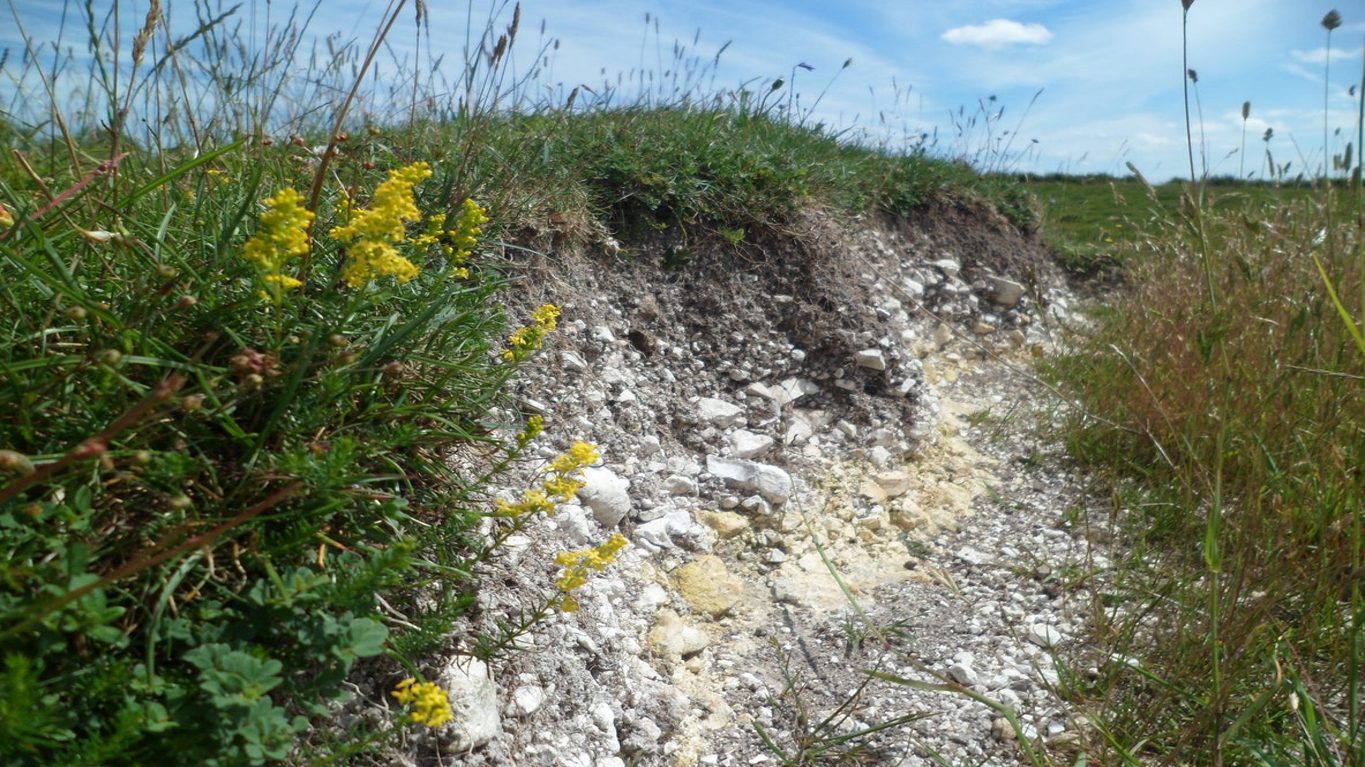
Moreover, chalky soils cover around 10% of the Earth’s land, affecting the kinds of plants that can grow and creating unique landscapes.
Plants to Grow
- Vegetables, like asparagus, cabbage, broccoli, kale, cauliflower, peas, beans, and pumpkins
- Carnations
- Lavenders
- Kiwis
- Decorative flowering cherries
Plants Difficult to Grow
- Berries such as blueberries and raspberries;
- Tomatoes
How to Test The Types of Soil?
Knowing the types of soil you have can help you choose the right plants, as well as improve their quality if needed. There are several ways to test, without any special equipment. Here are some of the most common methods:
1. The Squeeze Test
This method involves taking a handful of moist soil and squeezing it in your hand. Then, you observe how it behaves when you open your hand and poke it lightly. If it holds its shape and crumbles when poked, you have loamy soil, which is considered ideal for most plants.
If it holds its shape and does not crumble when poked, you have clay soil, which is nutrient-rich but slow-draining. And, if it falls apart as soon as you open your hand, you have sandy soil, which is quick-draining but poor in nutrients and moisture retention.
2. The Percolation Test
This involves digging a hole about six inches wide and one foot deep in the field, filling it with water, and letting it drain completely. Then, you fill it with water again and measure how long it takes for the water to drain.
If the water takes more than four hours to drain, you have poor drainage, which can indicate clay or compacted soil. If the water drains quickly, you have good drainage, which can indicate sandy or loamy soil.
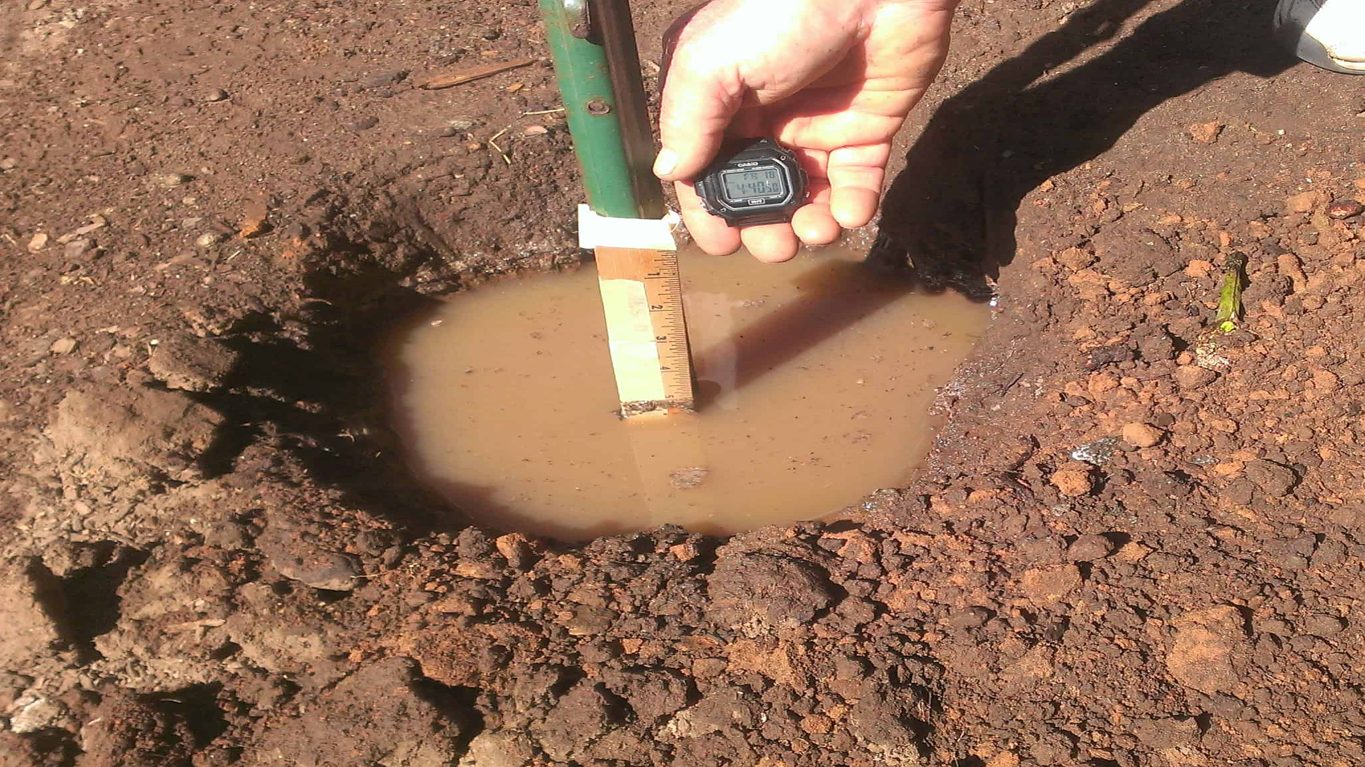
3. The Worm Test
This method involves digging a hole one foot across and one foot deep, placing it on a tarp or cardboard, and sifting through it with your hands, counting the earthworms as you go.
Earthworms are indicators of healthy soil, as they help decompose organic matter and aerate it. If you find at least ten worms in your sample, your soil is in good shape. Less than that can indicate that your sample is too acidic or alkaline, or lacks organic matter.
4. The pH Test:
Use a pH test kit or strips to measure your sample’s acidity or alkalinity. The pH scale ranges from 0 to 14, with 7 being neutral. Most plants prefer a pH between 6 and 7, but some plants may have specific preferences.
For example, blueberries like acidic soil with a pH below 5.5, while lavender-like alkaline with a pH above 7.5. Knowing your soil pH can help you adjust it if needed by adding lime to raise it or sulfur to lower it.
5. The Jar Test:
Fill a glass jar with one-third full of soil from your garden. Add water until the jar is almost full, shake it well, and let it settle for a day or two. You will see different layers of particles in the jar, with sand at the bottom, silt in the middle, and clay at the top.
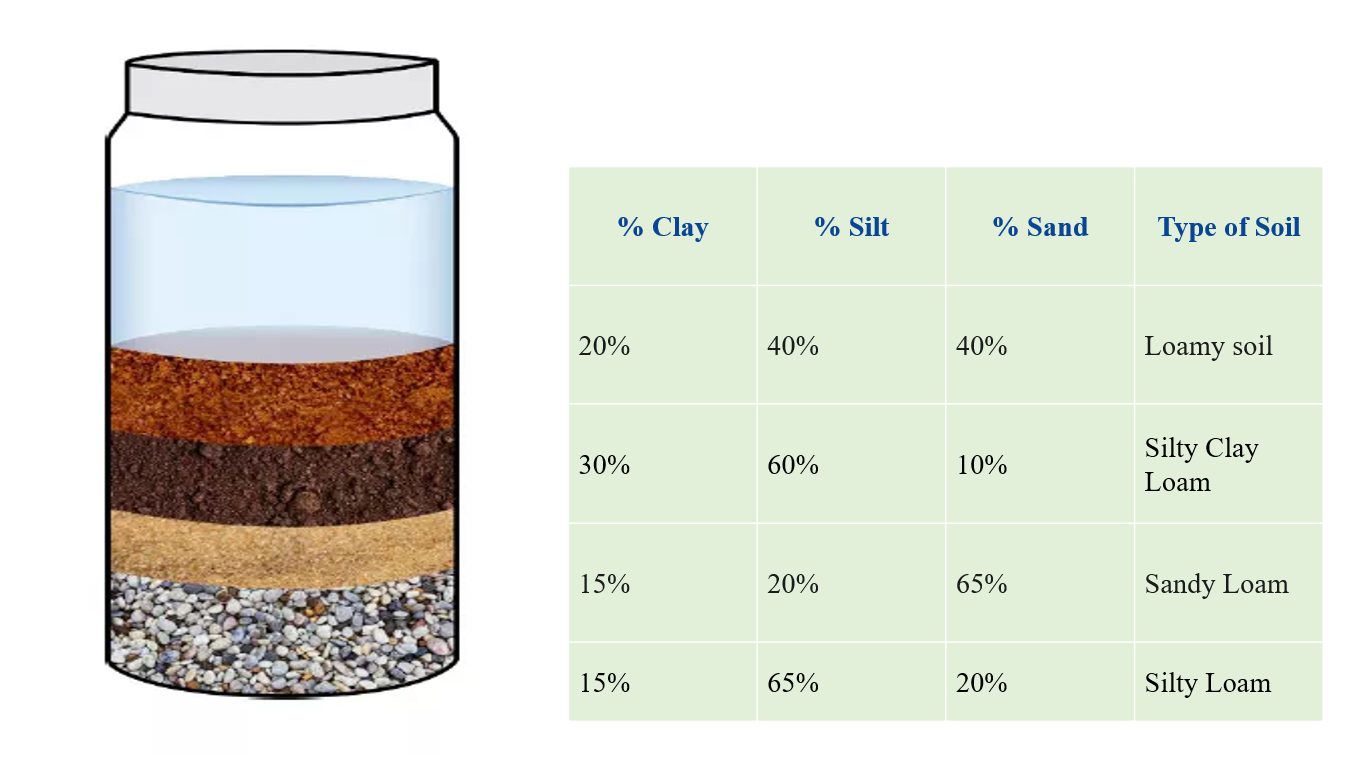
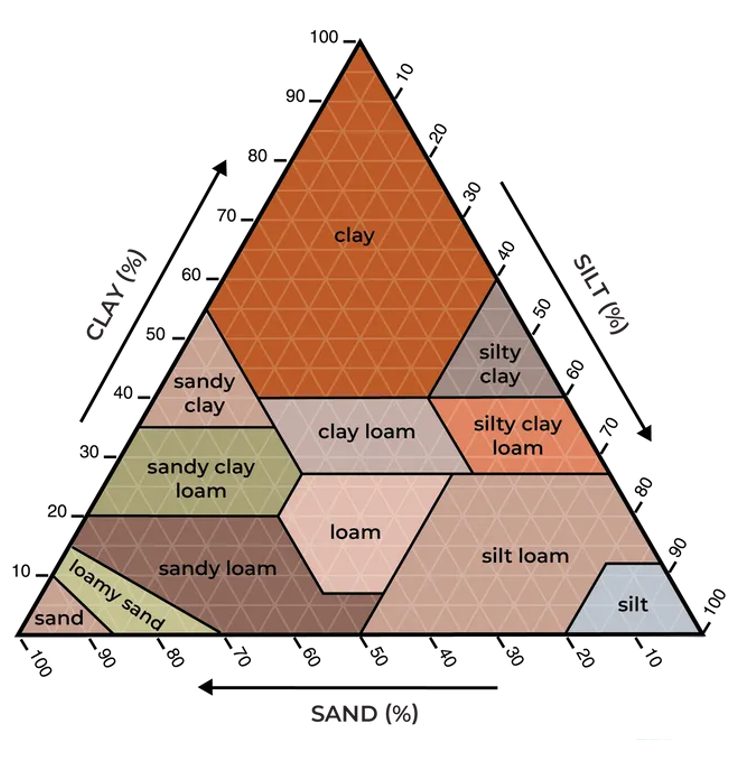
Then, you can measure the thickness of each layer and calculate the percentage of each component in your sample. For example, if your jar has 4 inches of sand, 2 inches of silt, and 1 inch of clay, your soil is 50% sand, 25% silt and 12.5% clay. You can then use a texture triangle to determine your soil type based on these percentages.
How Is Soil Formed?
It is formed by the interaction of five factors: parent material, climate, organisms, topography, and time. Parent material is the original rock or sediment that is broken down by weathering into smaller particles. Climate influences the rate and type of weathering, as well as the amount and distribution of water and organic matter in the soil.
Organisms, such as plants, animals, fungi, and bacteria, contribute to its formation by adding organic matter, mixing it, and altering its chemical and physical properties. Topography affects the drainage, erosion, and deposition of soil materials. Time determines how long it has been developing and undergoing changes.
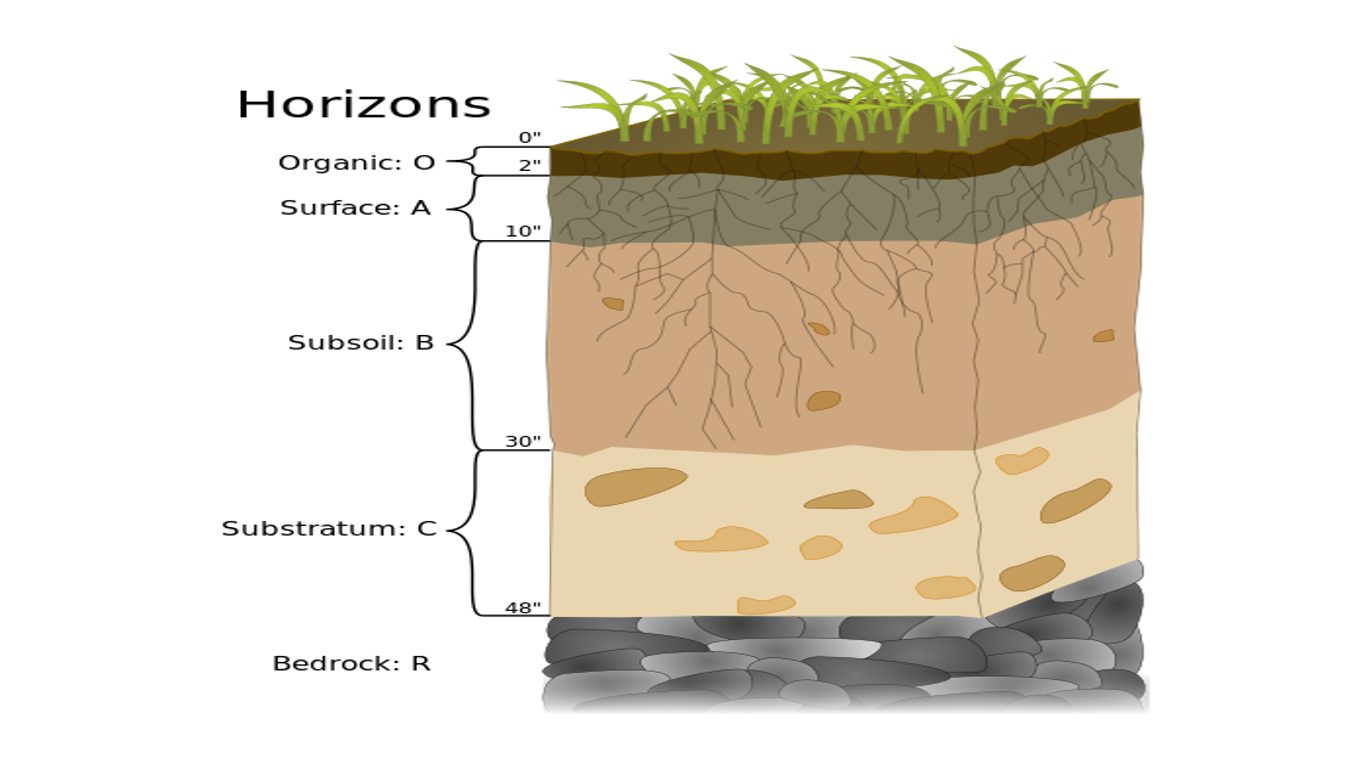
Furthermore, it is composed of five different layers or horizons that have distinct characteristics. The top layer is called the O horizon, which consists of organic matter such as leaves, twigs, and animal wastes. The next layer is the A horizon, which is also rich in organic matter but mixed with mineral particles. This layer is often called the topsoil and is where most plant roots grow.
The B horizon is below the A horizon and contains less organic matter but more clay and minerals that have been leached from the upper layers. This layer is also called the subsoil and provides water and nutrients to deeper roots. The C horizon is below the B horizon and consists of partially weathered parent material that has not been affected by biological activity. The R horizon is the bottom layer and represents the unweathered bedrock.
Conclusion
Soil is a vital and complex entity supporting life on Earth. Understanding the diverse types of soil, from sandy to clay, is crucial for effective agriculture and environmental activities. Despite its significance, it faces threats like degradation due to population growth and climate change. Simple tests like the Squeeze, Percolation, Worm, pH, and Jar tests help identify soil, guiding informed decisions for plant cultivation.
Frequently Asked Questions
1. What type of soil is generally most preferred for agriculture?
The best kind of soil for farming is called loam soil. Loam soil is a mix of sand, silt, and clay particles, making it just right for agriculture.
It has good drainage, meaning water can flow through it easily. At the same time, it keeps enough moisture for plants to grow well. This creates the perfect conditions for roots to grow and absorb nutrients.
2. How many types of soil are there?
There are mainly five kinds of soil: sandy, clay, silt, peat, and loam. Each type has its unique qualities depending on how much sand, clay, silt, and plant material it has.
However, the characteristics of these soils can differ. By knowing the characteristics of each soil type, farmers can make informed decisions about which crops to grow and how to care for their land. This knowledge helps ensure a healthy and productive environment for crops.
3. What type of sand holds its shape the best?
The best kind of sand that keeps its shape well is called “sharp sand” or “angular sand.” Unlike rounded sand particles, sharp sand particles have rough edges and lock together, which gives better stability and cohesion.
This quality makes sharp sand perfect for construction uses, like making strong foundations. It’s also great for improving soil drainage and aeration in gardening and landscaping projects.
However, it’s important to note that using the right type of sand depends on the specific needs of your project. Furthermore, the benefits of sharp sand go beyond just construction, making it a versatile choice for various applications.
4. Which two characteristics are important for soil or land that is used for farming?
When we talk about soil or land used for farming, two important things to consider are fertility and drainage. Fertility is all about how good the soil is at giving plants the nutrients they need to grow well. It’s really important for making sure our crops stay healthy and strong.
Now, let’s think about drainage. This is about how well the soil lets extra water move away. If the soil doesn’t allow water to go away, it can lead to too much water around the plants, causing problems.
Having good drainage is crucial to keep the right amount of moisture in the soil and avoid issues with too much water in our agricultural fields. However, if the soil doesn’t drain well, it can cause waterlogging and affect the air supply to the plants.
5. Which type of soil holds the most water?
Silty soil stands out for holding a lot of water compared to other soil types. With its fine texture and tiny particles, it can retain more water than sandy or clayey soils.
However, it’s the fine particles in silty soil that make a big difference. These particles create small spaces that can keep water for longer times. This feature is particularly good for crops that need a steady supply of moisture.
Furthermore, the ability of silty soil to hold water is a huge plus. It doesn’t just help plants grow; it also reduces the chances of drought stress in agricultural fields.
6. Is sand a soil?
Sand is part of what makes up soil, but it isn’t soil by itself. Soil is a mix of tiny pieces of rock, bits of plants, water, and air.
Meanwhile, sand is a specific kind of small rock that’s bigger than the tiny bits called silt and clay. When sand mixes with the other things in the soil, it affects how the soil feels and how well it can help plants grow. Furthermore, it plays a role in determining how much water the soil can hold and how quickly it can drain.
7. How to make loam soil?
Among all types of soil, to create loam soil, begin by blending the same amounts of sand, silt, and clay. Make sure to mix them really well for a balanced soil texture. However, don’t forget to add organic matter like compost or well-rotted manure.
This not only boosts nutrient levels but also improves the overall structure of the soil. Furthermore, this simple process results in a healthy and fertile soil for your plants to thrive.
8. What are the three characteristics of the agricultural revolution?
The agricultural revolution had three main features. Initially, it marked the shift from a lifestyle of hunting and gathering to forming stable farming communities, emphasizing the significance of soil.
Moreover, it brought in the practice of growing crops and taming animals for food. Meanwhile, it also brought about the creation of farming methods and tools, allowing for more food production and a growth in the population.
